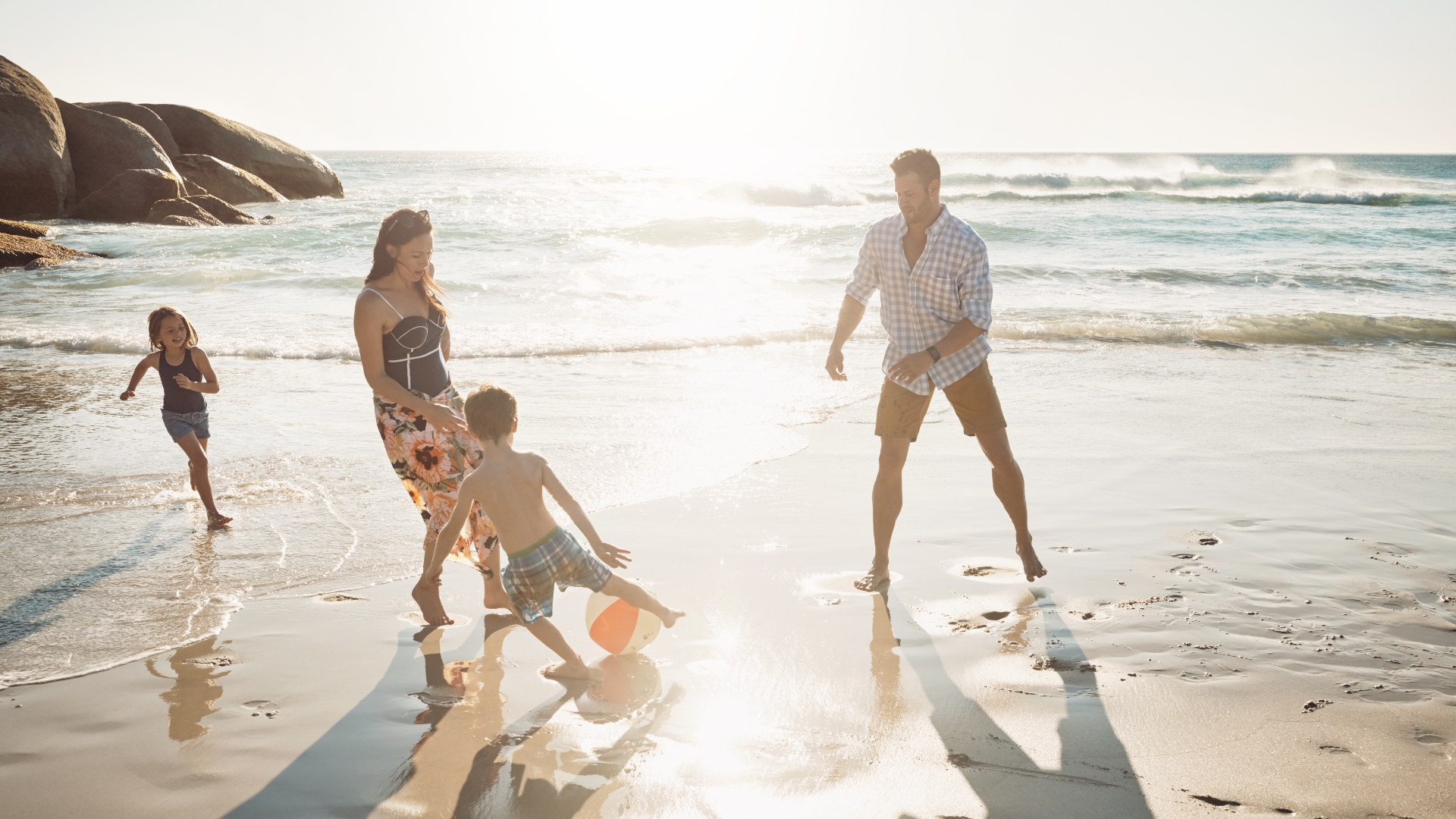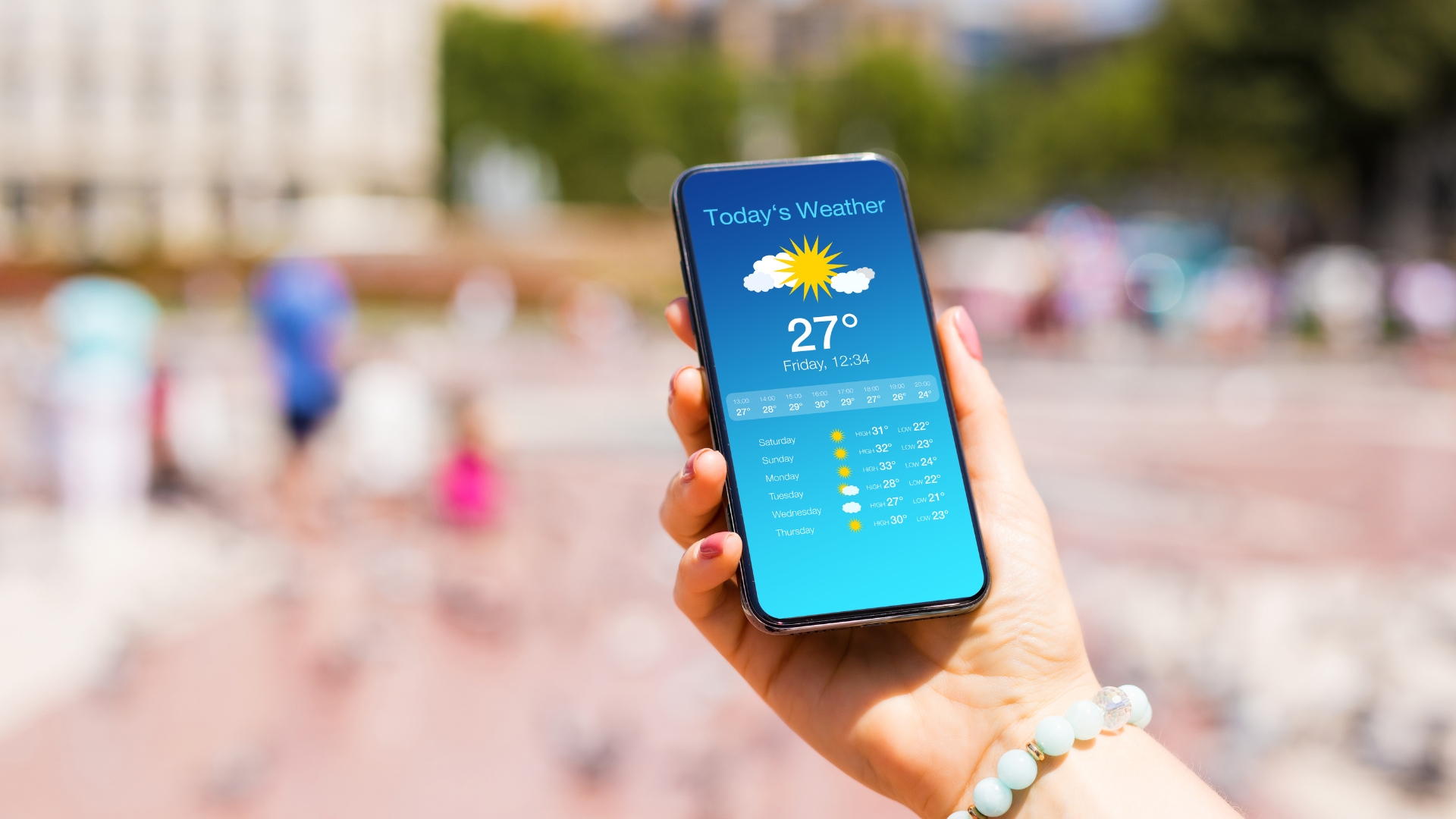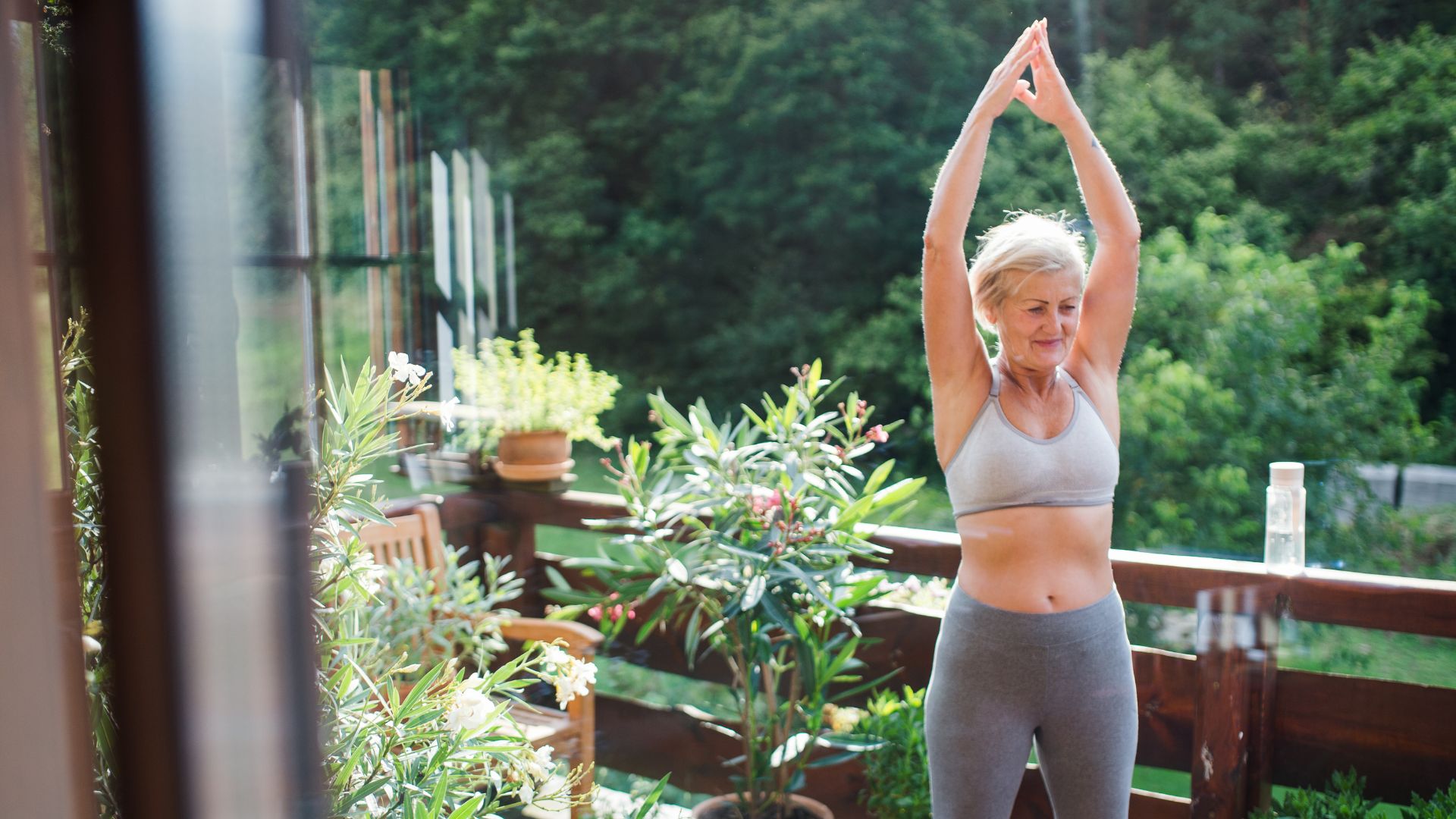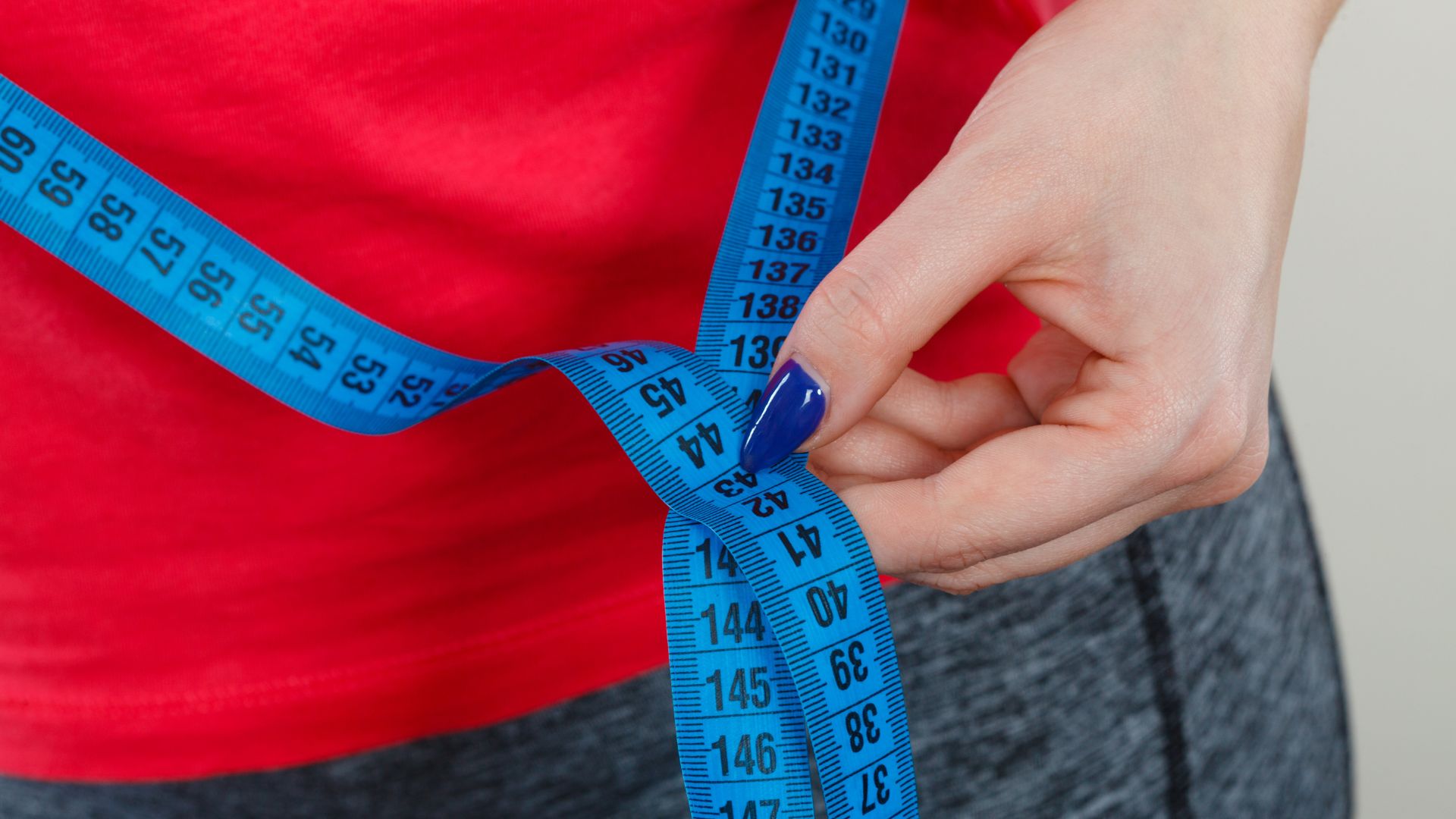9 Ways to Protect Yourself Against Skin Cancer this Summer

Unfortunately for Aussies, the stats don’t lie. It is estimated that 2/3 Australians will be diagnosed with skin cancer before they are 70.
We’re not telling you to stay inside all summer long, but it’s important to be sun smart to avoid complications later in life. Here are some tips to stay safe during the break:
Check the weather before you go outside

A common misconception is that overcast or cooler days means that you are not at risk of damaging your skin. In fact, when the UV radiation levels are 3 and above, you are still susceptible of getting burnt.
Why not get the free SunSmart App? The App gives you daily weather and UV levels in your area, with the option to personalise reminders of when it is safe to get your daily dose of vitamin D. You can be reassured that the information is reliable and up to date, being released by the Bureau of Meteorology.
Apply sunscreen often and generously

Sunscreen will be most effective when applied 20 minutes before sun exposure. It is recommended that you use at least SPF30+ broad-spectrum sunscreens and always check the use by date. Exercising outdoors means a lot of sweating – so make sure you reapply every 2 hours, even if you are using water resistant sunscreen.
Challenge the myth of tanning

A mistaken belief amongst Australians is that having a tan makes you healthy. It’s a myth that as long as you don’t burn it’s a ‘safe’ tan. A tan is an indication of sun damage and ultimately irreversible.
Get yourself checked
Early detection means better chances of survival. Your local GP can perform a skin check and refer to you a specialist if needed. If you chose to visit a skin cancer clinic you will not need a referral from a doctor. Many GPS and skin cancer clinics offer bulk-billing, so it is important to check when you make an appointment to see how much is covered by Medicare or your private health fund.
Hats are the new black

It’s no secret that wide brimmed hats are in fashion. Not only are they stylish, but also a great way to protect your face, ears and neck from sun damage.
Minimise outdoor activities between 11am-3pm
Australia has one of the highest levels of UV exposure in the world. Between 11am- 3pm is when the UV levels are at their peak. If possible you should always try to avoid sun exposure during this time, or seek a spot in the shade.
Know your skin type
All skin types are susceptible to skin cancer, however some are at a greater risk than others. People with lighter skin are more sensitive to UV radiation and therefore have a higher chance of developing skin cancer. This is not to say that people with olive skin are still not at risk. All Australians should be aware of their skin type and act with the necessary precautions to avoid sun damage.
Fake tan does not protect you
Having a fake tan is not an alternative to skin cancer protection. Many believe that a spray tan will protect them against UV radiation, however this is false. It is important to note that fake tanning products that say they contain sunscreen will not give sun protection for the duration of the tan. Be a clever consumer and don’t fall for shonky tanning advertisements.
Protective clothing
Wearing clothing is a great way to protect your skin. Keep in mind some clothing styles, fabrics and even colours will better you than others. Avoiding singlets and wearing shirts with high necks or collars is ideal to prevent sunburns. Fabrics with a dense weave such as cotton are cool to wear whilst providing better protection against the sun. Interestingly, darker colours such as navy and black better absorb UV, and are recommended to lighter colours.
References:
https://www.cancer.org.au/about-cancer/types-of-cancer/skin-cancer.html
http://www.sunsmart.com.au/




